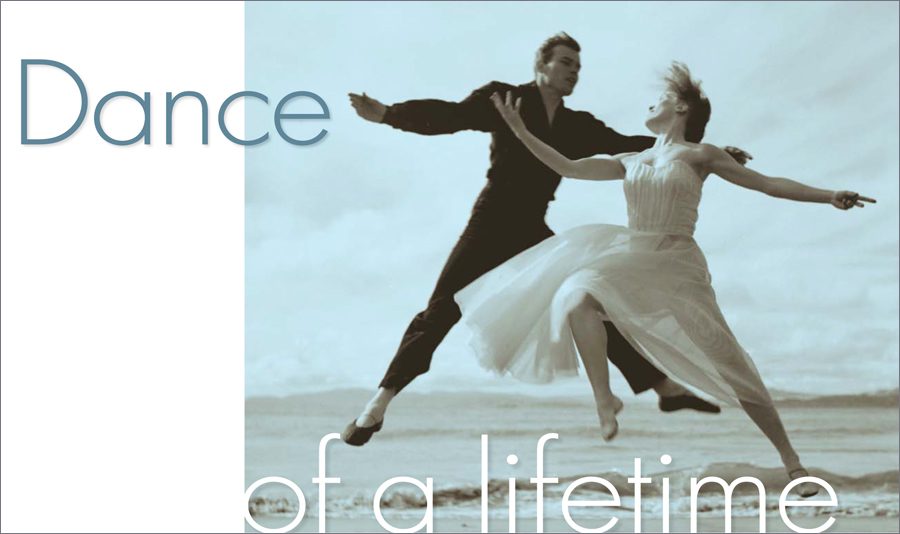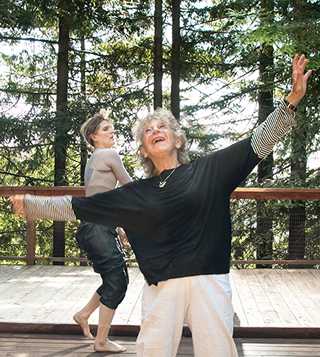Dance of a Lifetime
 |
|
|
At first glance there is nothing about Anna Halprin's dances that suggest the look or feel of mid-century modern design.
Mid-century architecture was cool and spare, sedate, and generally soft-spoken. It was also optimistic about the future of America and its burgeoning suburbs and suburban society.
Halprin's dances, by contrast, are intense, sometimes hilarious, and often confrontational. Some are unrecognizable as dance at all—more ritual than performance.
Anna Halprin, a dancer and choreographer in the Bay Area for over 80 years, had become legendary as much for her spiritual and healing work as for her art.
Over the years, thousands of people, both locals and from around the globe, had fallen under her spell, learning movement and learning about life on her famous dance deck in Marin County.
 |
|
|
Her followers have taken part in mass rituals, including her 'Planetary Dance,' an annual event on Mount Tamalpais that invites one and all to create what she calls "a moving mandala."
Yet her work and that of her late husband, the famous modernist landscape architect Lawrence Halprin, were in many ways one. There are few artistic couples that have influenced each other more than Larry and Anna.
For one thing, Larry Halprin wouldn't have become a landscape architect were it not for his wife, Anna says. And, while she was a dancer from childhood, Anna admits she would never have taken the direction she did if her husband hadn't brought her from the Midwest to California—or built her the dance deck, today a legendary performing arts space.
Most of her performances have been out of doors, many in public places, often without warning—aircraft hangars, beaches, plazas.
Other of her works have been shocking, including 'Parades and Changes,' which featured dancers stripping while locking eyes with members of the audience.
Many have been, well, challenging.
Consider 'Slope Event,' a piece that took place in 1964 right outside her home, a Bay Area Tradition design of redwood and glass by William Wurster on a steep, redwood-shaded slope in Kent Woodlands with a view of Mount Tam.
A group of architects hung ropes down the steep hillside, part of an investigation into how environment affects performance, and vice versa. Halprin describes:
"The dancers had to climb up the rope on the slope. They were naked. The architects were up above with big trash cans, big trash cans, full of water. And they would dump the water down on the dancers as they were coming up. So there they were in the full moon naked as a berry, climbing up, beautiful movements, climbing, and this water rushing down on them.




